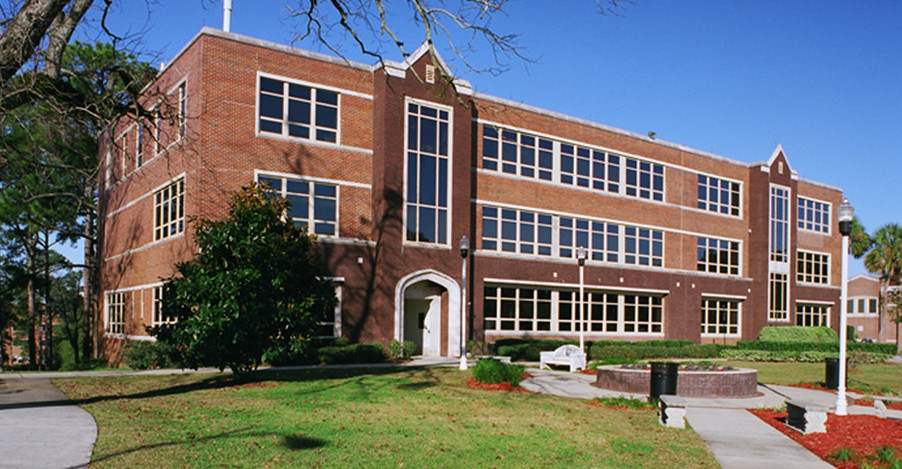
Preliminary testing done by a team contracted by Florida State University confirmed the university’s Sandels building contains mold and has floors with higher than recommended radon levels.
The testing comes after a report compiled by faculty and obtained by Florida Politics that tied radon levels and mold to eight cancer cases within 10 years for individuals on the building’s fourth floor. The university has closed the Sandels building until further notice.
Testing conducted by Radon Professional Services Jan. 26-28 found radon levels ranging from 2.5 to 7 PicoCuries (pCi) per liter in the building’s basement and second floor. The EPA recommends taking mitigation actions for radon levels above 4 pCi/L in residential settings.
Radon is the second leading cause of lung cancer, causing about 21,000 lung cancer deaths every year. It is the leading cause of lung cancer for people who have never smoked.
AEMTEK Inc. also found mold in the building’s air conditioning systems and ducts, predominantly Cladosporium species. Cladosporium is a common fungus that is generally harmless but can cause allergies or worsen asthma.
The faculty report contained frequent mentions of black particles coming from air vents in the Sandels building. A statement published on a page on FSU’s website dedicated to the Sandels building said the particles being emitted are frequently seen with old air condition systems, and investigations in other FSU buildings have also found similar black particles.
“Microscopic analysis of samples typically shows that they consist of fiberglass insulation, pollen, accumulated debris and Cladosporium mold colonies that have shed from internal surfaces of the air conditioning system,” the statement said. “The particles are unsightly, but generally too large to inhale and they do not pose a health risk.”
As a result of the test’s findings, FSU is scheduling follow-up testing of the building during the week of Feb. 14, according to an email Monday from FSU President Richard McCullough and Provost Jim Clark. The additional testing will help determine the source of the radon and develop a remediation plan.
All classes, offices and laboratories originally assigned to the Sandels Building will remain out of the building for the remainder of the spring semester.


